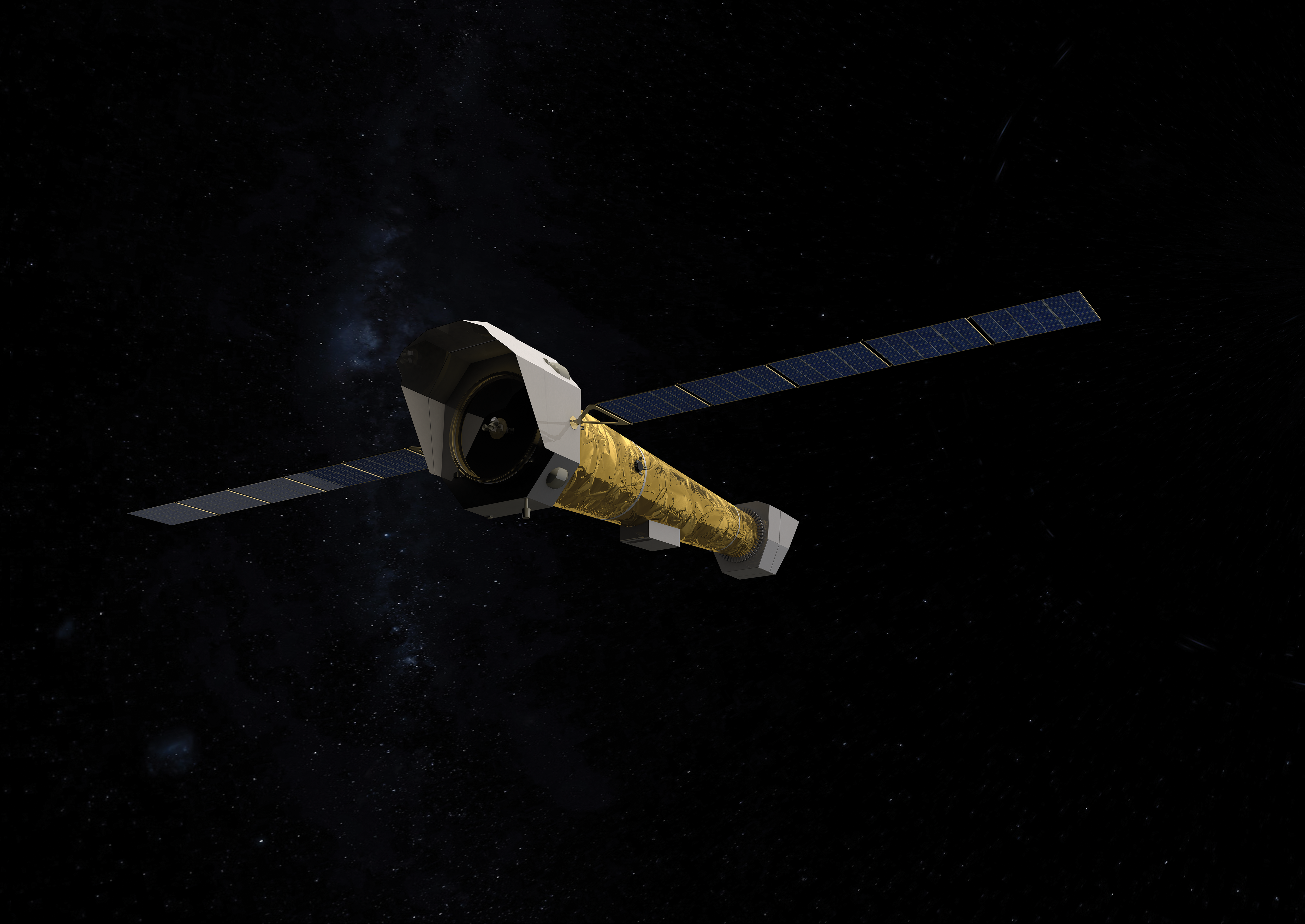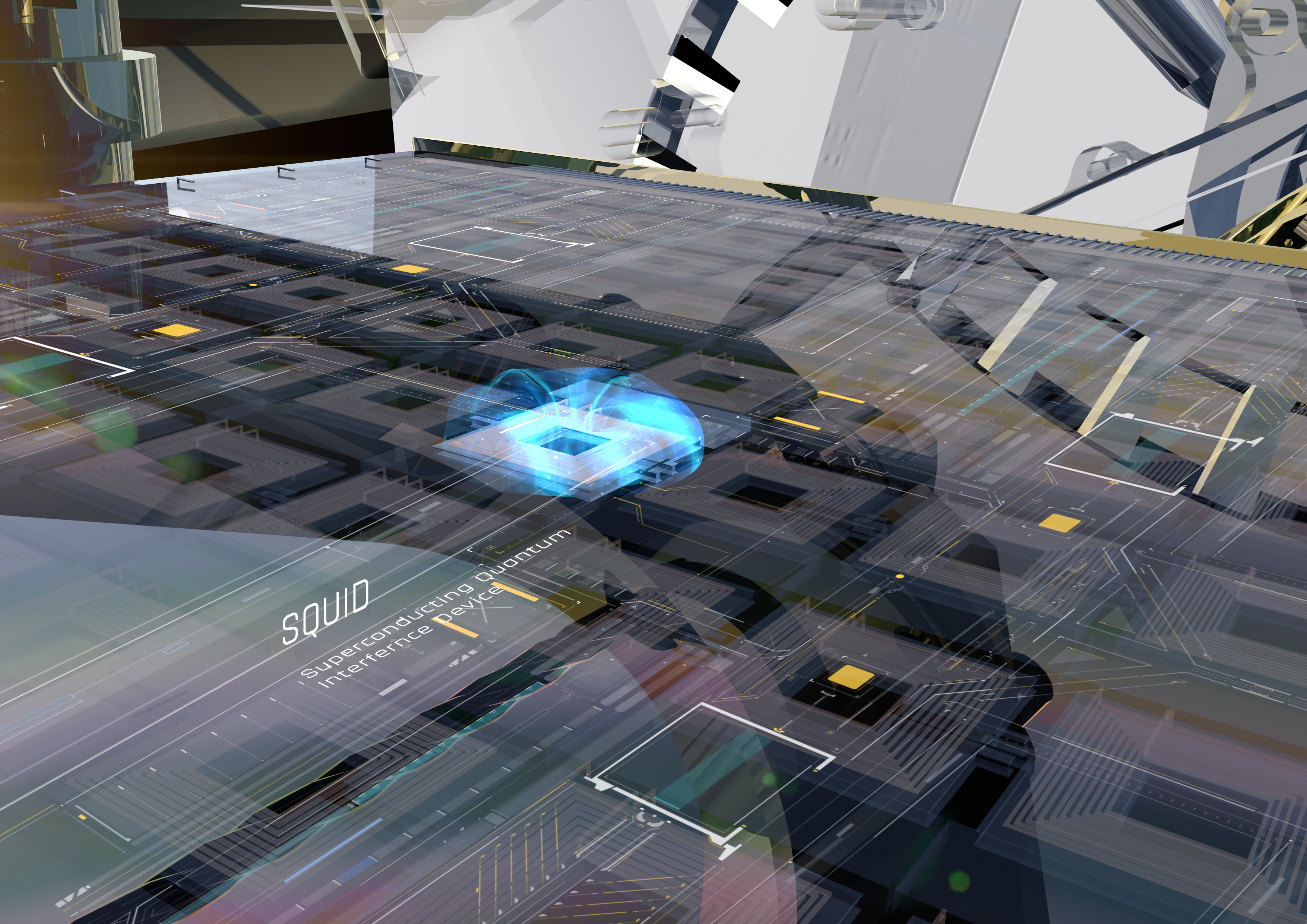Advanced Telescope for High Energy Astrophysics (ATHENA)

Telescope Details
Location
ATHENA will be launched into the first Lagrange point (L1) orbit of the Sun-Earth system, about 1.5 million kilometers from Earth, where gravitational and centrifugal forces are in balance.
Purpose
The primary goals are to map hot gas structures, determine their physical properties and search for supermassive black holes. A sensitive X-ray space observatory is a powerful tool to answer two fundamental questions in astrophysics: How does ordinary matter assemble into the large-scale structures that we see today? And how do black holes grow and shape the universe?
NIST’s role
The ATHENA X-ray observatory will be a single X-ray telescope with two cameras. One of the cameras, the X-ray integral field unit (X-IFU), will consist of about 3,000 sensors with the ground-breaking capability to resolve different “colors” of X-rays. The X-IFU team involves 11 countries and 276 members. NASA is contributing the sensor array. NIST is contributing the electronics that measure and amplify the electrical pulses from the sensors. The U.S. role in the X-IFU is the result of a longstanding collaboration among NASA, NIST and Stanford University.
Significant discoveries
The telescope is scheduled to be launched in the early 2030s.
Other interesting facts
ATHENA’s scientific performance is expected to greatly exceed any other existing or currently planned X-ray mission on several parameters, including effective area and survey speed.
Collaborators
The European Space Agency leads the project with important contributions from NASA and the Japan Aerospace Exploration Agency.
Media


